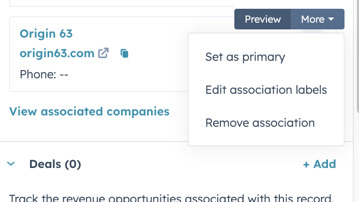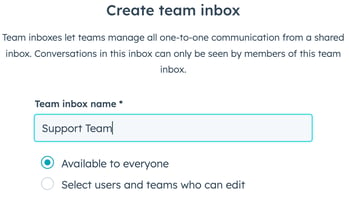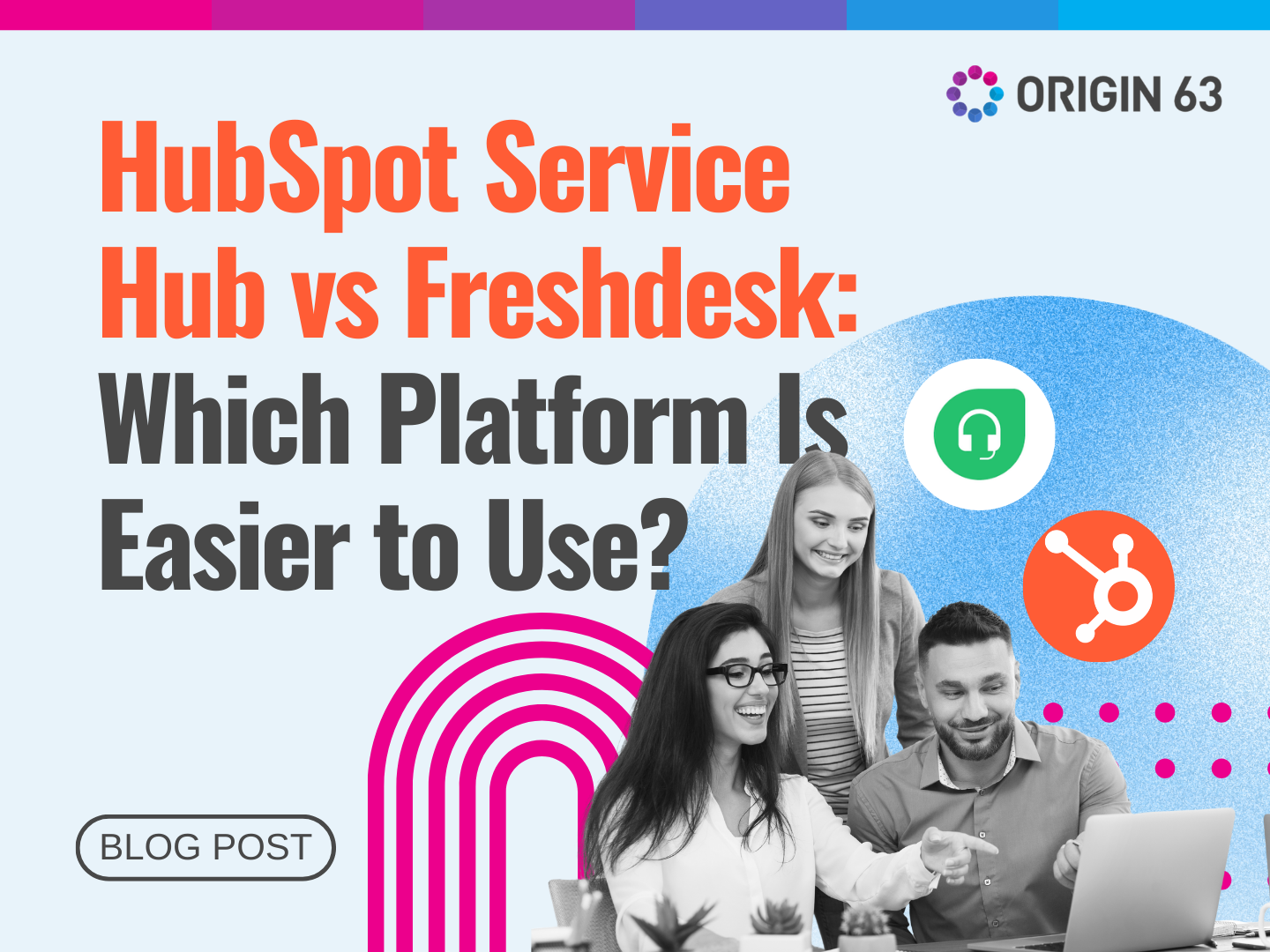Building positive customer experiences is crucial for a growing base of loyal customers. However, managing customer relationships can become complex as you scale. This is where implementing a client relationship management (CRM) system provides immense value.
CRM platforms are the hub for tracking interactions, resolving issues, gaining insights, and aligning teams to optimize the customer journey. But simply purchasing CRM software isn’t enough. You need to utilize its full capabilities for maximum impact.
This article will explore what makes up a complete CRM system, ways CRM boosts your business operations, adoption challenges to avoid, and how to get the most ROI from your CRM investment.
Core Components of a CRM System
CRM platforms combine two fundamental capabilities — a unified database and shared communication tools. Together, they create a complete view of each customer and let teams coordinate seamlessly.
Let’s explore these components in more detail:
Customer Data Management
Disjointed data frustrates both customers and employees.
Having unified customer data and history accessible in one centralized CRM system gives teams the full context to deliver personalized, informed experiences across interactions.
CRM platforms enable you to import, organize, and standardize all your customer information, including:
- Contact details
- Interactions and conversations
- Purchase history
- Support cases
- Marketing engagement
This single source of information ensures critical data is easily accessible without duplication across all of your company’s teams.
Managing Customer Data with HubSpot Service Hub
There are plenty of CRM options, but if you’re feeling lost, HubSpot Service Hub is an excellent place to start. It’s one of the top choices for delivering a remarkably connected customer experience.
Here’s how using Service Hub can simplify customer data management:
1. Create and import records
HubSpot Service Hub provides robust capabilities for importing, organizing, managing, and leveraging customer data in one centralized platform.
You can create and import contact, company, and other records in bulk from other sources. Auto-sync connections also allow two-way data flows between Service Hub and external platforms.

2. Manage, view, and segment records
Service Hub enables you to define custom properties to capture all relevant details for each record type. You can segment and filter records based on property values to create targeted lists and views.
3. Associate records
Maintain relationships between records by associating contacts with companies, deals, and other entities. It provides a full context of interconnected customer data.

4. Customize records
Finally, you can customize record layouts, views, and permissions by team. It ensures users see the most pertinent data tailored to their role.
With these capabilities, Service Hub provides a flexible, customizable 360-degree customer data environment to enable personalized, streamlined experiences.
Communication Enhancement
CRM systems unify all communication channels, such as email, live chat, text/SMS, and social media, into one integrated inbox. This omnichannel view eliminates the need to toggle between platforms and ensures swift responses.
Shared CRM systems allow teams like sales, marketing, and support to collaborate around customer accounts seamlessly. Smooth hand-offs, alerts, and notifications improve coordination.
Enhancing Communication with HubSpot’s Conversation Tool
HubSpot’s conversation tool makes it easier to view, manage, and reply to customer messages across channels in one unified inbox. You can also track these conversations using tickets, so each interaction is filed away as part of your customer’s history.
Here’s how to get started with the conversation tool:
Step 1: Set up your conversations inbox

HubSpot lets you create multiple inboxes depending on your subscription. To create one, name your inbox and add team members. You can also automatically route incoming messages to certain teams.
Configure notification preferences and email filters to stay organized.
Step 2: Connect channels
After setting up your inbox, you can connect it to different channels. Then, incoming messages from the various channels will automatically sync to your inbox.
Examples of channels to connect include:
- Team email
- Facebook Messenger
- Chat
Step 3: Create a chatflow
If you added a chat channel to your inbox, you’ll need to create a chatflow. These chatflows can appear on your website pages to connect visitors to your team.
It appears as a widget on targeted website pages, where visitors can start real-time conversations with your team members or chat with bots.
You can set up user profiles with usernames, avatars, and preferred meeting links.
Add chatflows to websites hosted outside of HubSpot by installing the tracking code.

Step 4: Continue using the inbox
Now, whenever website visitors or potential customers message you on any of your channels, you can reply to them directly in the inbox. You can add new visitors to your database by creating a contact record.
How CRM Improves Your Business
CRM capabilities like personalization, issue tracking, data analytics, and customization profoundly impact improving customer experiences, employee productivity, and data-driven strategy.
Here’s how CRM optimizes your business operations:
Building Personal Connections with Clients
CRM helps teams build rapport by providing the whole history and context to personalize interactions.
Unified data enables tailored outreach based on purchase history, issues, preferences, etc. It lets you craft communications that speak directly to individuals, not generic accounts.
For example, CRM empowers you to personalize emails and other messaging by leveraging data like past purchases, downloaded content, and webpage engagement.
Using the information you’ve collected from each customer, you can give them specially-curated product recommendations. Statistics show 67% of consumers use these recommendations when shopping.
Streamlined Issue Tracking and Resolution
CRM platforms make it easy to log support tickets or cases and monitor progress through standardized stages. Your team members can quickly pull up details to resolve inquiries faster.
Let’s look at HubSpot’s Tickets and Tasks as an example. Using tickets, your teams can log tickets for any inquiry with crucial details like issue type and priority. Then, you can manage all the internal workflows associated with resolving each ticket through HubSpot Tasks.
This end-to-end structure means customer problems are never overlooked or buried. With Tickets and Tasks, you gain efficiency to resolve issues faster and strengthen trust.
Leveraging Data for Smarter Decisions
Robust reporting and analytics in CRM provide insights like common complaints, campaign ROI, and churn predictors. This data guides smarter resource allocation, new product development, and other key business decisions.
For instance, with HubSpot Surveys, you can gather direct customer feedback through customized satisfaction surveys. By analyzing survey response trends over time, you gain actionable insights into improving customer retention and loyalty.
Integration with Business Processes
A CRM platform breaks down silos by tying together sales, marketing, customer service, and other functions into a single unified system. All teams access the same customer profiles, history, and conversations.
It also conveniently integrates with email, live chat, and billing, so you don’t have to piece together disparate sources.
Adopting a CRM delivers exceptional value:
- It prevents repetition by centralizing data. Customers don't have to provide the same details over and over.
- It maintains context through customer journeys by housing all interactions in one place. Important details don't get lost during team hand-offs.
- It fosters collaboration between departments by removing silos. Teams can jointly access accounts and coordinate better.
CRM Adoption Challenges and Solutions
Implementing a CRM platform involves more than just software installation. Without thoughtful change management, your organization will fail to adopt even the most robust systems.
One of the most significant barriers to effectively implementing CRM is getting employees to actually use it consistently across the organization.
The statistics paint a bleak picture: 63% of CRM projects fail, 50% do so because of slow user adoption, and 70% of project managers expect their staff will be cynical about the change.
Let’s discuss the reasons for low adoption and how to overcome these challenges:
Lack of Leadership Endorsement
Company leaders are more than decision-makers — their attitudes and behavior inform the organization’s priorities. When they seem indifferent to the CRM, team members may adopt the same attitude, leading to a lack of commitment and enthusiasm.
Without leadership endorsement, the rest of the team will likely resist. They may use the CRM platform half-heartedly without fully engaging in training.
To avoid these outcomes, team leaders should:
- Communicate to the entire organization that CRM adoption is a priority.
- Explain the benefits of the CRM platform in making everyone’s individual jobs easier and more efficient.
- Cultivate accountability. Leadership should set clear expectations about the team members’ consistent platform use. Periodic check-ins about how the team members are adjusting to the platform can help.
Poor Change Management
Simply rolling out the software without in-depth onboarding and ongoing training confuses employees.
They might abandon using it altogether when they don’t have the proper knowledge about the software’s features and capabilities. Otherwise, they won’t maximize the CRM’s full potential. You miss valuable opportunities for optimizing business operations and lose out on the ROI.
Consider hiring a training and implementation partner for a more effective training and onboarding program.
Here are some benefits of hiring an experienced and knowledgeable partner:
- No need to feel your way through the platform with trial and error. You can start gaining value faster because expert partners know the platform inside out.
- With their extensive experience in guiding other companies, they can help you avoid common pitfalls.
- You’re up-to-date about new feature rollouts and expanding capabilities.
- They can teach your team how to use the platform in a way that’s tailored to your current business processes and needs.
Poor-Fit CRM Platform
Sometimes, your chosen CRM doesn’t integrate well with your team’s daily tasks. If the CRM disrupts engrained workflows, employees see it as added work rather than an improvement.
Lessen friction by choosing software with a convenient user experience. Here are some capabilities that can streamline work processes for your employees:
- Automation features like smart lists and task reminders.
- Mobile app capabilities.
- Intuitive and customizable interface so users can tailor it to their preferences and workflow.
- Integration with other software like email, calendars, and business applications for seamless usage.
Wrap-Up
Fully-embraced CRM delivers immense value — from stronger customer connections to improved issue resolution, data-driven decisions, and operational alignment.
Avoid adoption pitfalls by hiring vetted and experienced implementation partners, customizing around user workflows, and training thoroughly.
CRM becomes an invaluable asset for optimizing workflows and exceeding customer expectations when leveraged effectively.
Ready to Optimize Your Business Operations with HubSpot Service Hub?
Our experts at Origin 63 can help you implement HubSpot’s powerful CRM platform. If you want to enhance client experiences, Origin 63 can help you maximize the value of HubSpot Service Hub.
We always follow the proven best practices to tailor it to your business needs. Contact us to start upgrading your systems for scale, efficiency, and growth!













.png?width=90&height=90&name=Arrows%20Partner%20Badge-test%20(1).png)

